Description
This plant restricted for shipment to CA, OR
Latin Name: Quercus palustris
Common Names: Pin Oak, Swamp Spanish Oak
Hardiness Zones: 4-8
Mature Height/Spread: Typically reaches 50-70 feet (15-21 meters) in height. It has a dense canopy with numerous twigs and a trunk that can grow up to 3 feet in diameter. The crown is wide and pyramidal.
Soil / Climate: Predominantly native to the eastern United States, especially wetlands. It has shallow, fibrous roots that make it easy to transplant. The Pin Oak thrives in acidic soils and prefers full sun and moist, loamy soils. It does not tolerate limestone or heavy shade well and can endure some flooding and poorly drained soil.
Notes: The Pin Oak is named for the pin-like stubs left behind when lower branches drop off. These stubs are remnants of branches that die and break away, often due to shading in the wild. It generally begins to produce acorns around 15-20 years of age. The bark is initially smooth and gray-brown, becoming ridged as the tree matures. In spring, the tree produces inconspicuous flowers; male catkins are long, slim, and greenish-yellow, while female catkins are short and reddish. Acorns are about ½ inch (1 cm) long with a small cap covering only the top. The leaves are shiny dark green, 3-6 inches (7-15 cm) long, and have 5-9 bristle-tipped lobes. In fall, they turn a dark red. The Pin Oak is a popular ornamental tree in the U.S. due to its unique branching habit and attractive shade. The small acorns, with their bitter kernels, are generally unpalatable. The wood is hard and heavy, commonly used in construction and firewood.
Problems: It can suffer from chlorosis in soils that are not sufficiently acidic. Other issues include cankers, shoestring root rot, oak wilt, powdery mildew, anthracnose, leaf spots, chestnut blight, and oak leaf blister. Additionally, it may face problems from galls, scale, oak lace bugs, caterpillars, borers, nut weevils, leaf miners, and oak skeletonizes.
Wildlife: Pin Oak acorns are a food source for various wildlife, including wild turkeys, grouse, white-tailed deer, black bears, chipmunks, and squirrels.
Cold Stream Farm supplies Pin Oak trees which are grown as bare root seedlings and transplants and sold both wholesale and retail with no minimum order.
Sources:
Additional information on Quercus palustris can be found on the link: USDA / NRCS PLANTS Database.

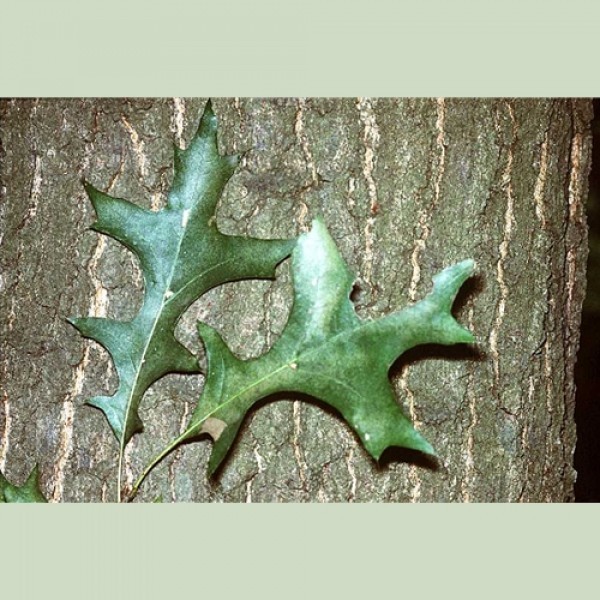
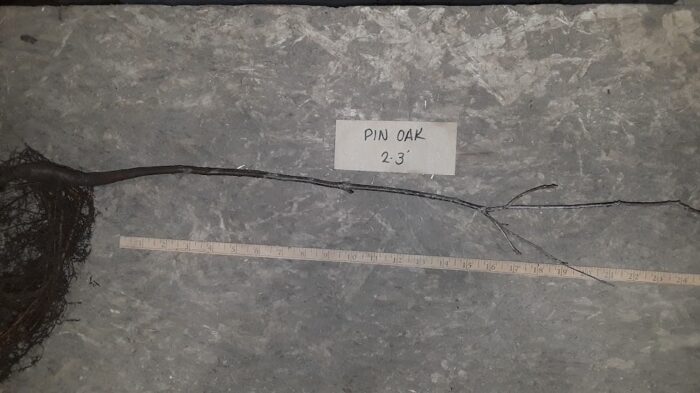

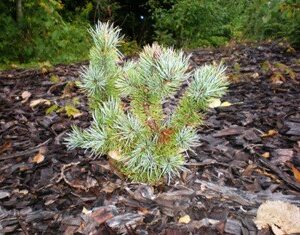
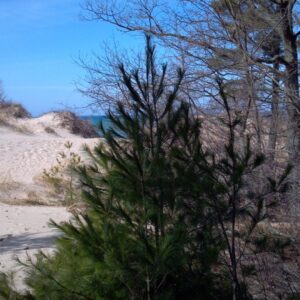
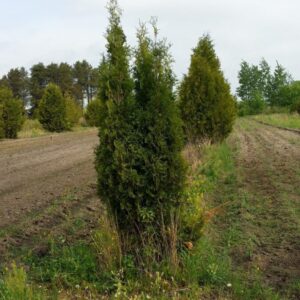
Reviews
There are no reviews yet.